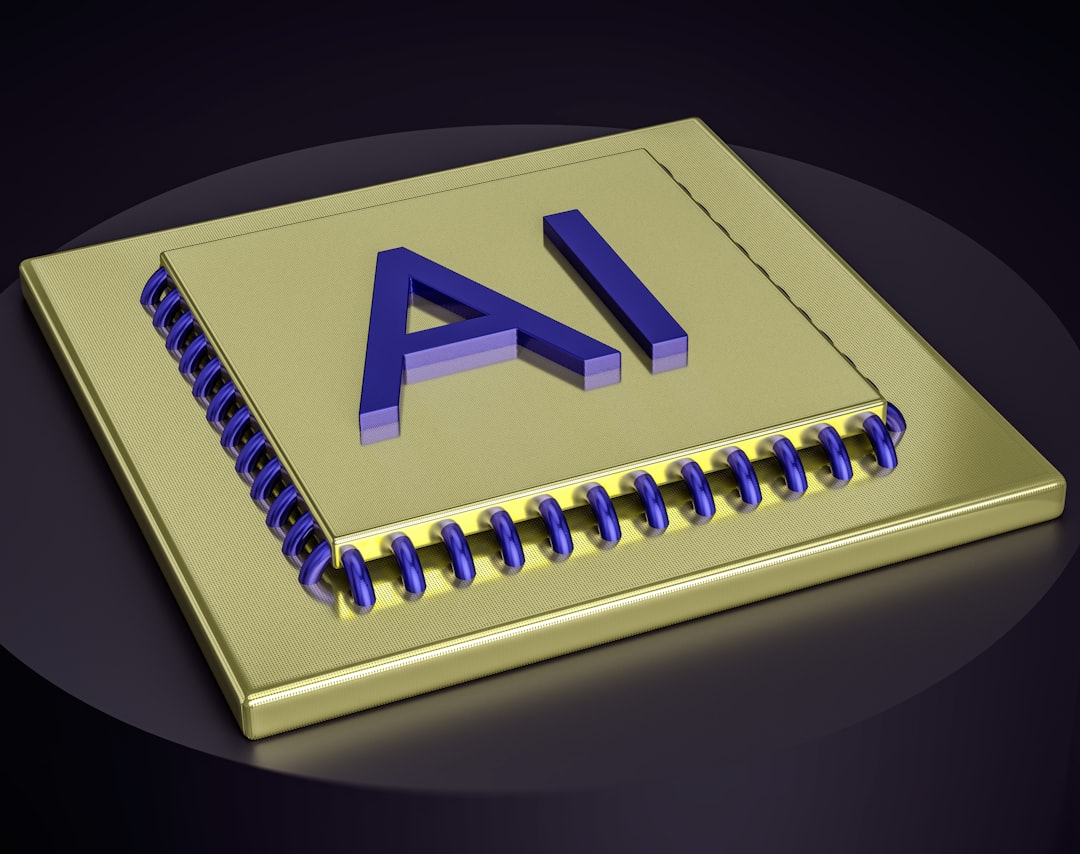When most people hear the name John Carmack, their minds drift to fast-paced first-person shooters like Doom and Quake. Rightfully so — he’s the legendary programmer behind id Software and a driving force in 3D graphics and game engines. But in recent years, Carmack has stepped into a new arena: artificial intelligence (AI). Leveraging decades of experience optimizing code and pushing the boundaries of computational power, Carmack’s evolving vision for AI is creating ripples across the tech landscape.
From Game Engines to Neural Engines
It might seem like a leap to go from designing game engines to spearheading AI innovation, but for Carmack, it’s a natural progression. His career has always revolved around pushing computers to do more with less. Whether it was crafting ultra-efficient graphics loops in the 1990s or optimizing the performance of low-latency VR at Oculus, Carmack has consistently prioritized performance, simplicity, and elegance in coding.
This same mindset now fuels his work in artificial intelligence. Carmack’s vision is unique because he doesn’t just want to follow current AI trends — he wants to redefine the way AI systems are built and reasoned about. Instead of sprawling neural networks trained with massive datasets and reliant on incomprehensible architectures, Carmack argues for smaller, more efficient systems that accomplish general tasks with elegance and transparency.
His Current AI Mission
In 2022, Carmack launched a startup called Keen Technologies, committing $20 million of his own money to focus exclusively on artificial general intelligence (AGI). While many in the AI industry are striving to build ever-larger models with staggering computational requirements, Carmack believes there’s a better approach rooted in engineering principles.
As he stated in a public blog post: “I believe that the shortest path to AGI is through code that we understand.” This belief leads to a philosophy centered around three core pillars:
- Transparency: AI systems should be understandable and debuggable by humans.
- Simplicity: Small codebases that do more with less are preferable to bloated, opaque architectures.
- Efficiency: AI should run smoothly on modest hardware, echoing the spirit of early game programming.
This opposition to “black box” AI is gaining traction at a time when even top researchers express concern over the inscrutability of large language models and other deep learning systems.
Championing Symbolic Reasoning
Perhaps one of the most influential aspects of Carmack’s vision is his interest in combining symbolic reasoning with neural networks. Unlike end-to-end deep learning systems that treat data as a vast soup of probabilities, symbolic AI revolves around rules, logic, and structured knowledge.
Carmack believes that a hybrid model leveraging both neural networks and symbolic reasoning could unlock new levels of cognition. This approach contrasts sharply with the dominant end-to-end deep learning methods used by companies like OpenAI and Google DeepMind.
So how does this influence the industry? Developers and researchers are increasingly revisiting symbolic methods as they encounter the limits of scale-based improvements. Carmack’s high-profile advocacy for this direction provides much-needed credibility and draws attention to alternatives that favor precision over brute force.

Impact on Open-Source AI Development
One of John Carmack’s enduring legacies from the early days of gaming is his commitment to open-source software. He famously released the source code for major engines like Doom and Quake, inspiring generations of developers. This ethos continues in his AI aspirations.
Carmack has expressed a desire to make his AI work available and understandable, not hidden behind proprietary walls. His coding style — highly optimized, efficient, and annotated — makes complex systems far more approachable for independent researchers and hobbyists. In doing so, he opens up AI development to a broader range of contributors who don’t have access to massive computational resources.
The industry is gradually moving in this direction. The rise of open-source models (like those from Hugging Face, EleutherAI, and Stability AI) owes conceptual credit to Carmack’s software philosophy. Small, efficient, modifiable models are becoming the new frontier in democratized AI development.
Redefining What Scale Means in AI
Today’s AI breakthroughs often come from supersizing models: GPT-4, PaLM, and Gemini are reaching hundreds of billions of parameters.
But Carmack raises an essential philosophical question: Is scale really intelligent? He believes the obsession with bigger models may be misguided and argues that true intelligence may emerge from leaner, more focused architectures.
In one of his recent livestreams, Carmack shared that he finds beauty in algorithms that are inherently capable — not those that rely on thousands of layers or terabytes of training data to perform reasonably well. His vision has inspired a new wave of interest in creating compact, elegantly constructed AI systems that think and learn more like humans.

Influencing AI’s Ethical Framework
While Carmack is often lauded for his technical prowess, his philosophical take on AI is equally influential. He argues not just for effective AI, but for ethical AI — systems that are understandable and alignable with human values from the outset.
He frequently raises concerns about how inscrutable large models pose risks, as we can’t predict or fully understand their behavior. In contrast, a lean, modular AGI would be easier to monitor, debug, and correct when necessary. This aligns well with emerging conversations around AI safety, explainability, and responsiblity, as fostered by organizations like the Alignment Research Center and AI Objectives Institute.
Educational Inspiration
John Carmack’s transition to AI hasn’t just influenced researchers and developers — it’s also inspired a new generation of students and independent technologists. His move from games to AGI shows that deep expertise in one domain can be a valuable foundation for tackling AI progress.
Through interviews, public talks, and livestreamed coding sessions, Carmack provides a window into both his thinking and his methodical problem-solving approach. He motivates individuals to explore AI not as an unreachable science but as an engineering challenge that’s within reach through curiosity, persistence, and disciplined practice.
- He demystifies AGI by showing that much can be done with simple code snippets and a whiteboard.
- He emphasizes the value of raw coding skill and deep thinking — not just familiarity with frameworks.
- He promotes intellectual honesty, often pointing out the shortcomings in established approaches.
Looking Ahead
As major tech companies continue to race toward more powerful and generalized AI systems, John Carmack is carving a separate and compelling path. His pragmatic, code-first, and efficiency-driven mindset is not only challenging existing norms but also appealing to a tech industry wary of the growing complexity and cost of mainstream AI efforts.
While it’s too soon to tell how Keen Technologies will fare, Carmack’s influence is undeniable. His vision for a “tight, comprehendible” AGI architecture pushes the conversation in a new direction — one that prioritizes clarity over scale and elegance over entropy.
In an industry increasingly driven by corporate-scale computation and opaque algorithms, John Carmack’s contribution is a much-needed call to return to the roots of engineering brilliance — the kind that once turned a 486 processor into a rocket launcher simulator — and now might just build an intelligent machine that makes sense.




